“Living Kitchen” Transforms with Nanotechnology

Nanoscience is proceeding at an unnerving pace, revealing nanomaterials and nanoscience discoveries thought to be futuristic, far-fetched or even science fiction-worthy mere decades ago – but what about daily-life applications, turning these incredible innovations to the needs of an everyday home?
Michael Harboun has conceived of a “Living Kitchen” that animates unlike even the most forward-thinking sci-fi film, using nanobots that can shape themselves along programmed paths to become dynamic kitchen fixtures that flex out and fold right back into the wall as needed.
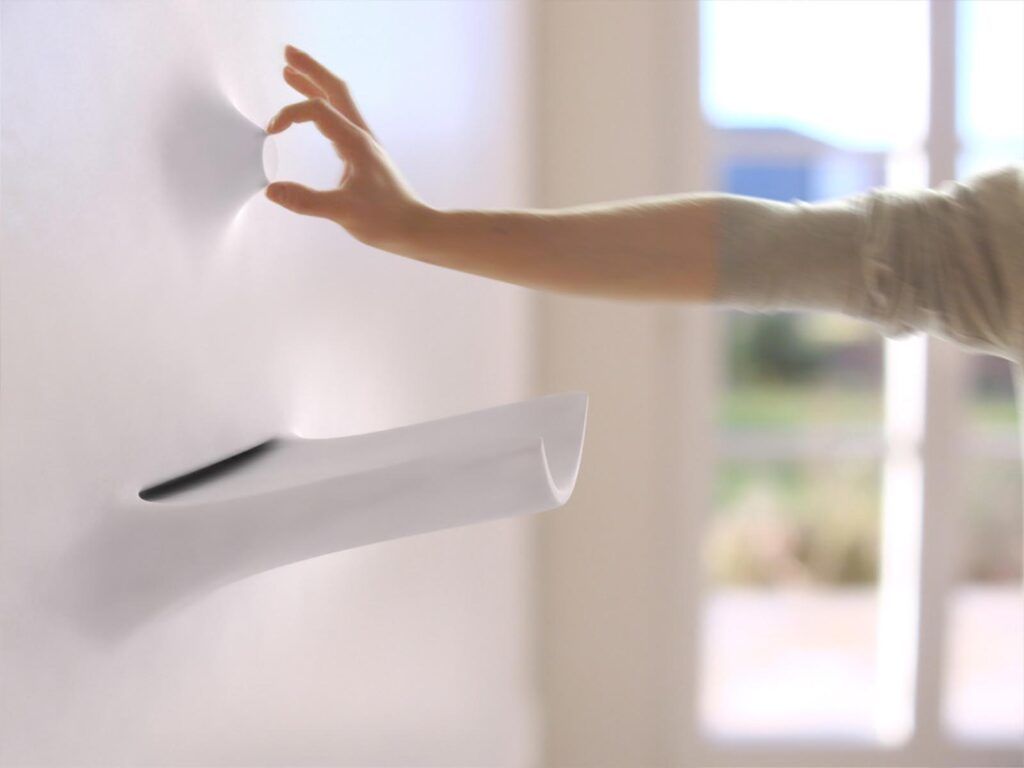
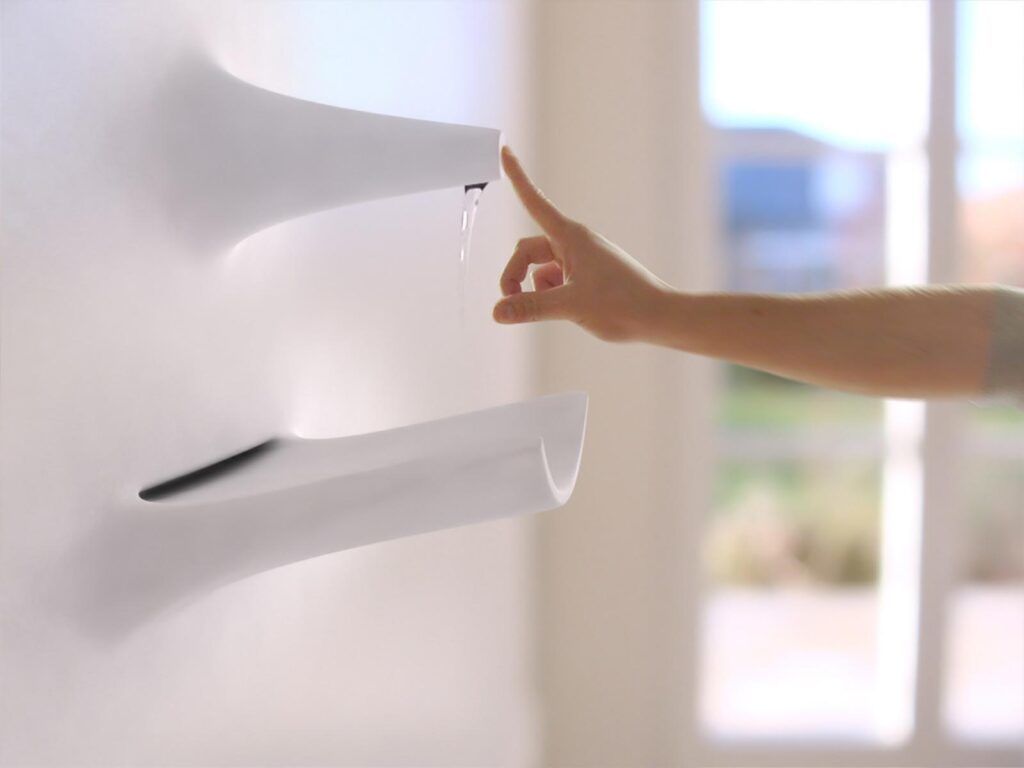
First a faucet appears, followed by a sink with a basin that stretches as the water hits the surface, and completed by a drain that emerges below to return waste to the hidden recesses of this amazing nanowall.
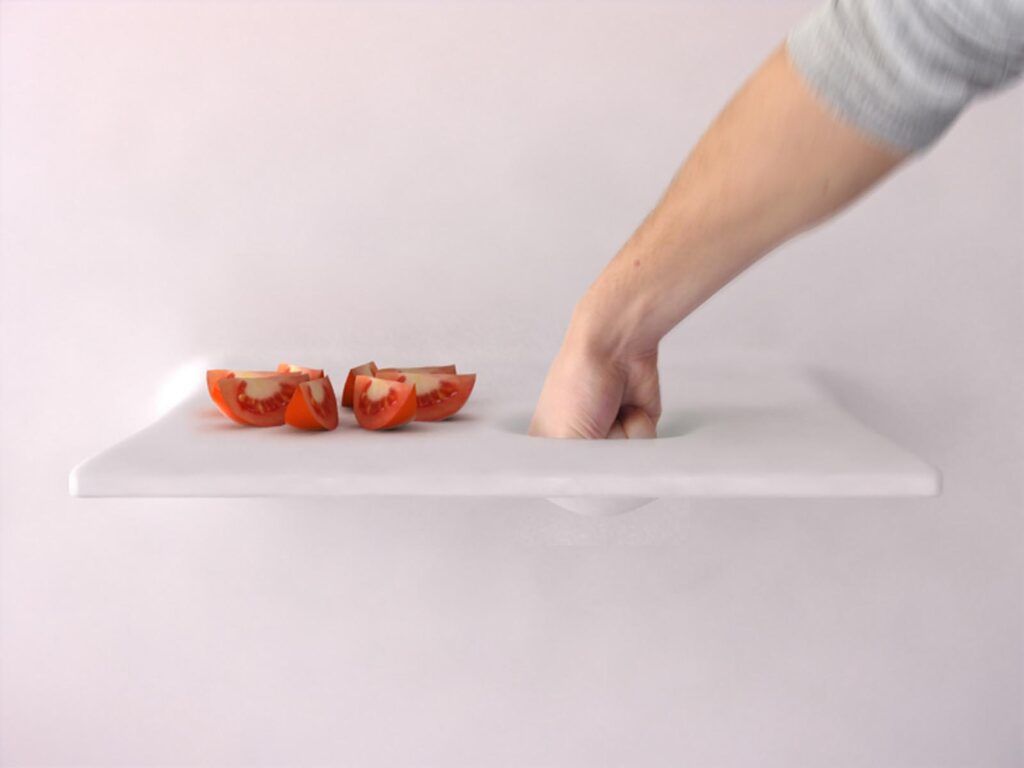
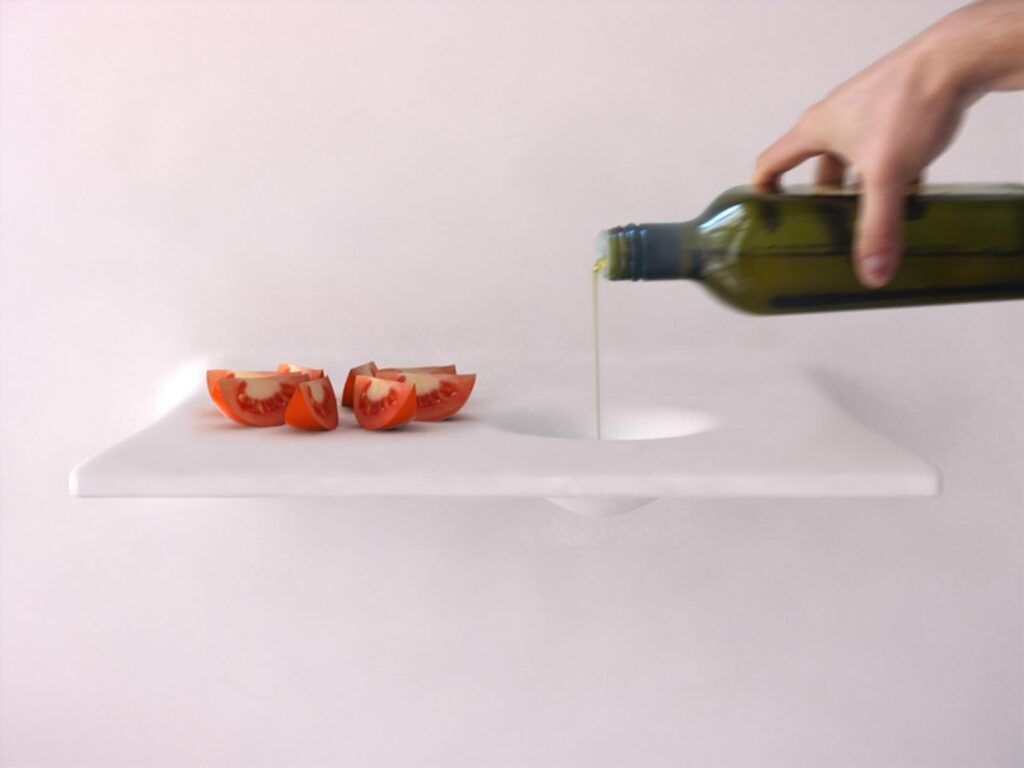
It is a bit like a real-life touchscreen in three dimensions – perhaps the iPad and other computer technologies are merely the 2D precursors to this kind of interactive 3D design, which might become the single greatest space-saving gadgetry since the hide-a-bed.
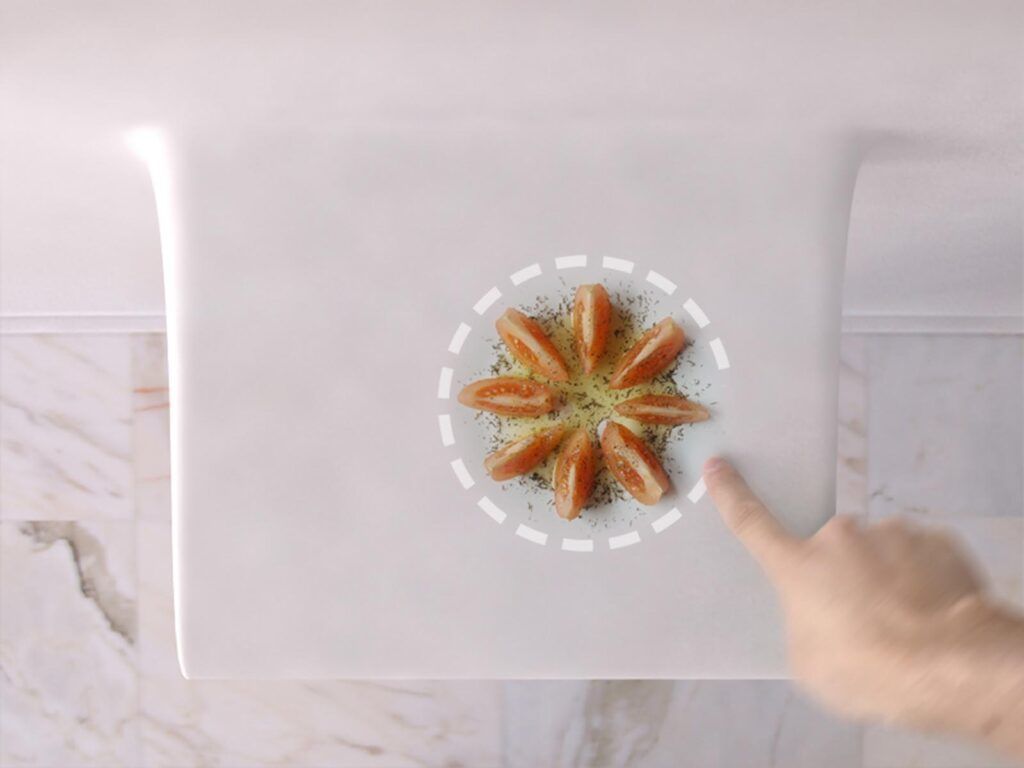
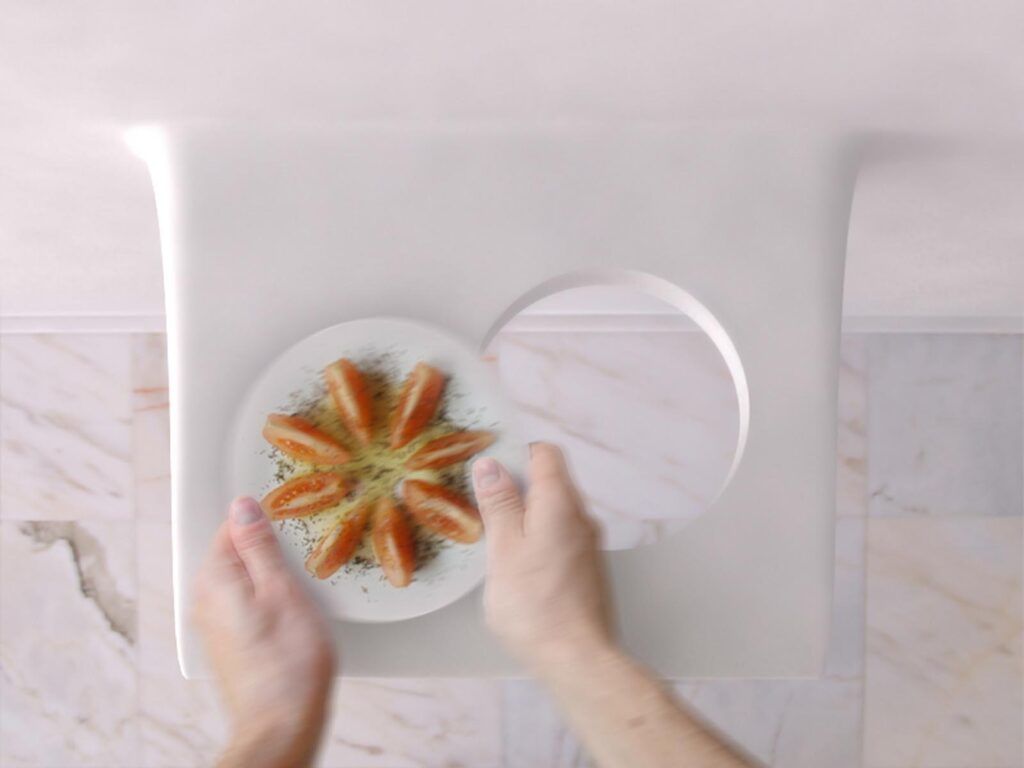
“In Pittsburg, a group of computer scientists at Carnegie Mellon University are developing what they coined ‘claytronics’. It is a programmable matter that holds the potential of revolutionizing our relationship with objects and architecture. Tiny intelligent robots, the size of a human hair, use electrostatics to stick together, communicate, and change their position in space. By introducing programming into these robots, or ‘catoms’ — short for claytronic atoms — they’re able to form new shapes by reacting to external stimuli, like a blob of Play-Doh with a soul.”
“If any object can transform into any other object, this establishes a radically new status quo on how we manipulate the world around us. Objects would no longer dictate a function by the way they’re shaped. Instead, their shapes would adapt depending on what we need. This will bring a whole new set of opportunities for a hybrid generation of industrial/interaction designers, who will have to consider an object’s constant dynamicity and relationship to context.”
“With Living Kitchen I wanted to explore how people would interact within this environment. The matter being reactive to external stimuli, people could make faucets, sinks, or cutting-boards appear just by tapping the surface. The volumes could be stretched, twisted, and bend by users to match their needs. Users could even download shapes from crowdsourced libraries.”




